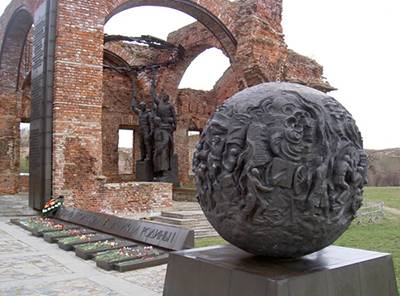
Shlisselburg Fortess is located on Ladoga lake and is of great interest for history lovers for several reasons. First fortified in 1323 by Novgorodian prince of Iceland, the Fortress became known to the Russians as Oreshek (little nut) and to the Swedes as Noteborg. Shlisselburg Fortess constantly changed hands until its definitive recapture in 1702 by Peter the Great, who renamed it Schlisselburg (it means “Key Fortress”).
Over the course of time the Fortress lost its military significance and became a prison for anyone threatening the autocracy. VIP’s during the time of Peter the Great and later were confined in Tower Cells (including freemason Novikov and Chechen rebel leader Sheikh Mansur). “Secret House” cells were constructed at the beginning of the XIX century to incarcerate those Decembrists who were not hung or exiled. The mock up cells suggest that conditions were better than 60 years later during Soviet period.
“New Prison” was constructed in 1884 (based on the State prisons in America) for the members of the terrorist organization “People’s Will” previously held in Peter and Paul fortress. Brutality, solitary confinement, and silence were used to crush their spirits and only 2 out of 21 survived.
During WWII the Fortress served as a Soviet strong point and was pummeled by Nazi artillery, including the former prison church, whose shell forms a memorial to the Fortress defense during the Blockade (Siege), festooned with sculptures made from redundant weaponry. Russian soldiers and officers perished in that period were buried in the same grave with soldiers of Peter the Great who defended the fortress in the XVII century.
